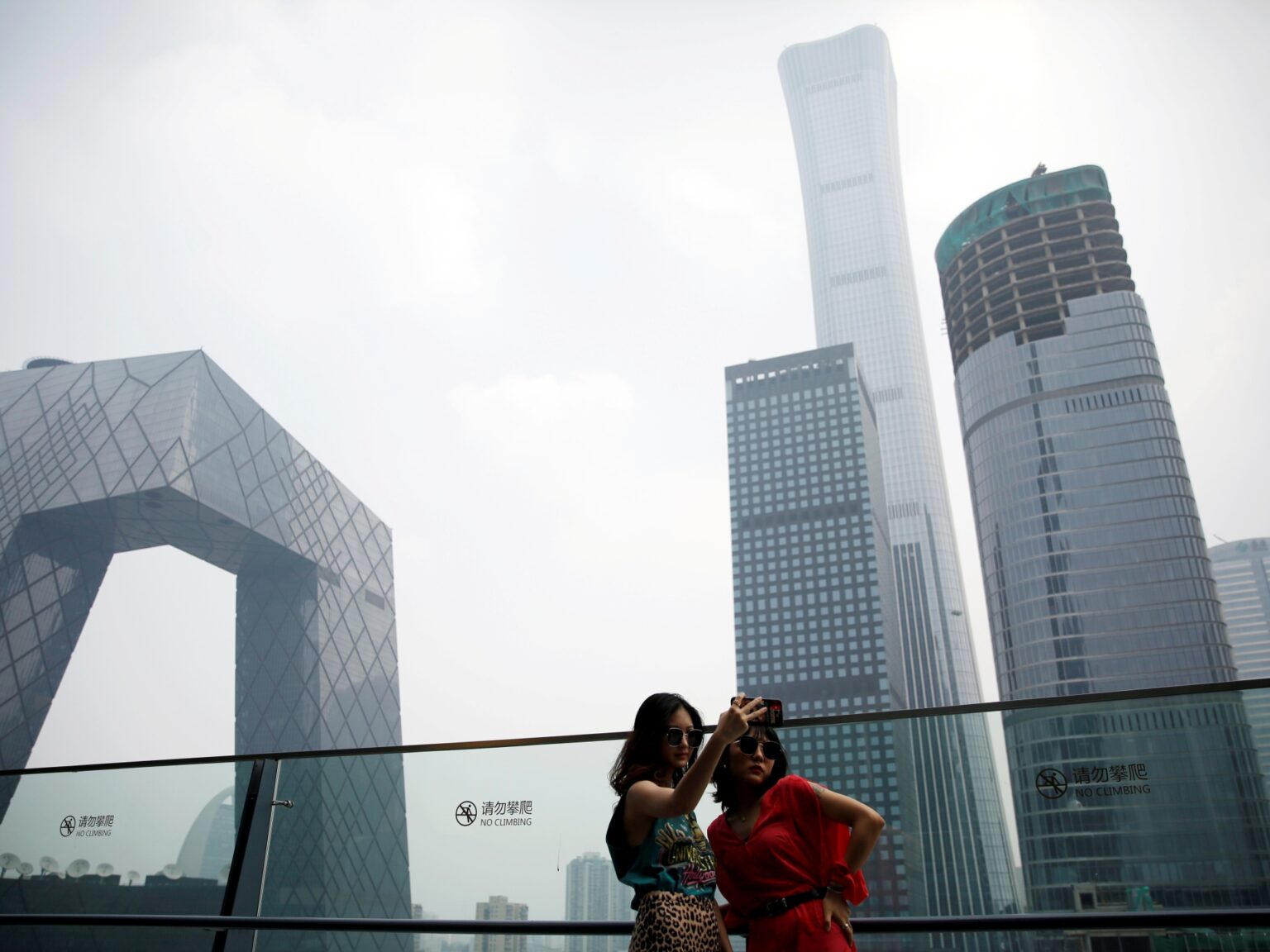Global Courant 2023-04-18 08:53:53
The latest economic data suggests that the world’s second-largest economy is firmly on track for recovery after the end of the pandemic.
Taipei, Taiwan – China’s economy grew at an annualized rate of 4.5 percent in the first quarter of 2023, indicating the world’s second-largest economy is firmly on track for recovery after the end of Beijing’s strict “zero-COVID” -policy.
The growth rate is slightly below Beijing’s 5 percent growth target for 2023 set at the National People’s Congress meeting in March, but is still ahead of market expectations.
Other official economic data released on Tuesday reinforced signs of an upward trend in the economy.
Retail sales rose 10.6 percent year-on-year, according to data from the National Bureau of Statistics, while output of value-added services increased 5.4 percent.
Value-added industrial production rose 3 percent year on year, although the Purchasing Manager’s Index, a measure of manufacturing trends in China, fell slightly from 52.6 in February to 51.9. Any value over 50 is considered an extension.
Alicia Garcia Herrero, the chief economist for Asia Pacific at Natixis, said the “data was quite good” but that the official numbers paint a slightly rosier picture than the reality on the ground because the benchmark is March 2022, when the economic activity across China was muted due to lockdowns.
China’s economy grew just 3 percent last year, its second-lowest rate since 1976, amid strict pandemic measures including border closures, mass testing and months-long lockdowns in major cities such as the financial powerhouse Shanghai.
Beijing is now trying to push the economy through a recovery without fueling the kind of inflation seen in other countries, Garcia Herrero said. China’s consumer price index grew just 0.7 percent year-on-year in March, despite improving retail sales.
The Chinese Communist Party has made economic stability a top priority in 2023, with a particular focus on job creation to offset high youth unemployment during the pandemic.
Beijing said earlier this year it plans to create 12 million jobs, up from 11 million this year, while pinpointing consumption as a key driver of growth.
Public frustration with Beijing’s “zero-COVID” strategy and its effect on the economy led to a wave of rare mass protests in China’s major cities in late 2022.
The protests are believed to have been a decisive factor in Beijing’s abrupt decision to drop its hardline pandemic strategy in December after nearly three years of strict restrictions.








